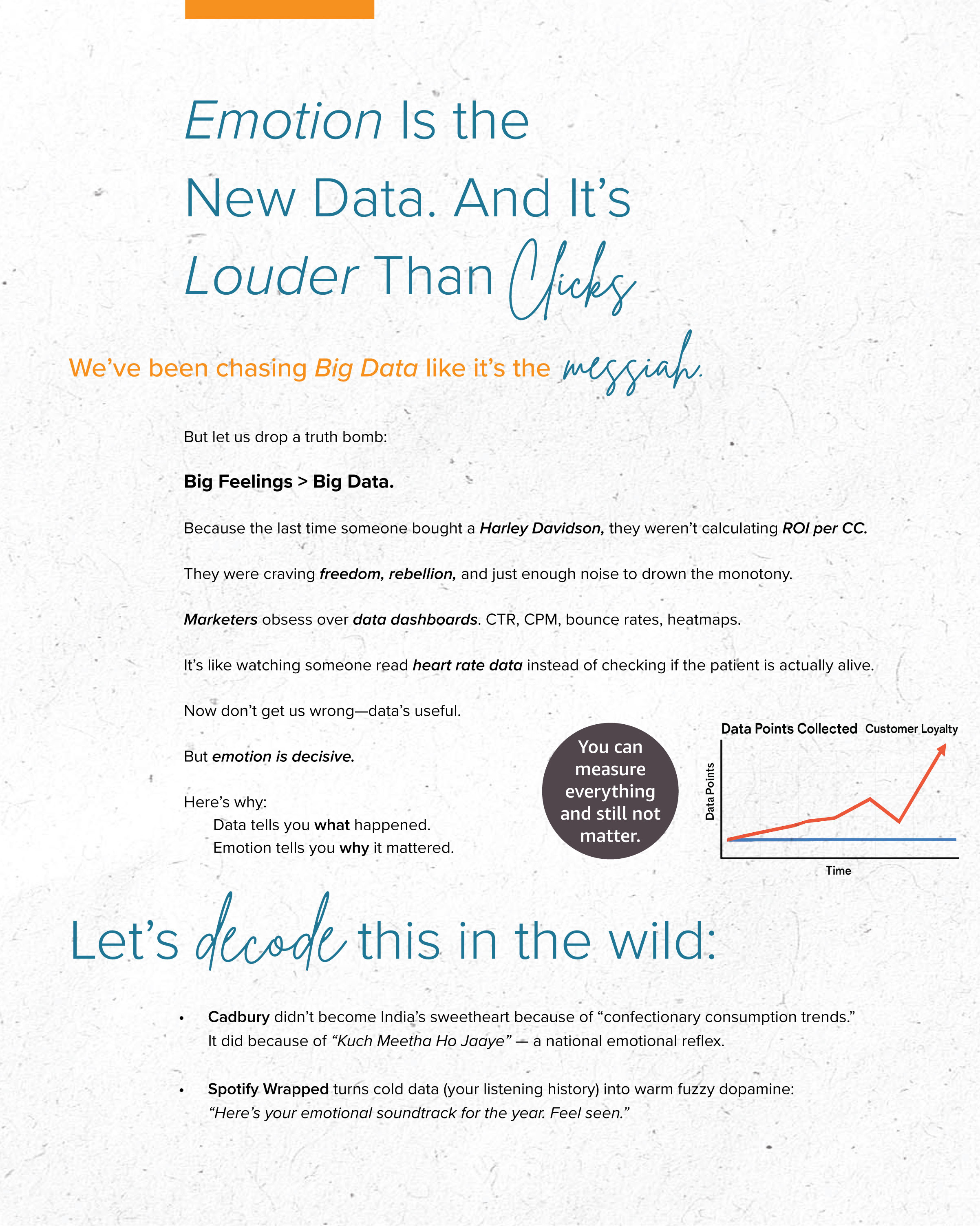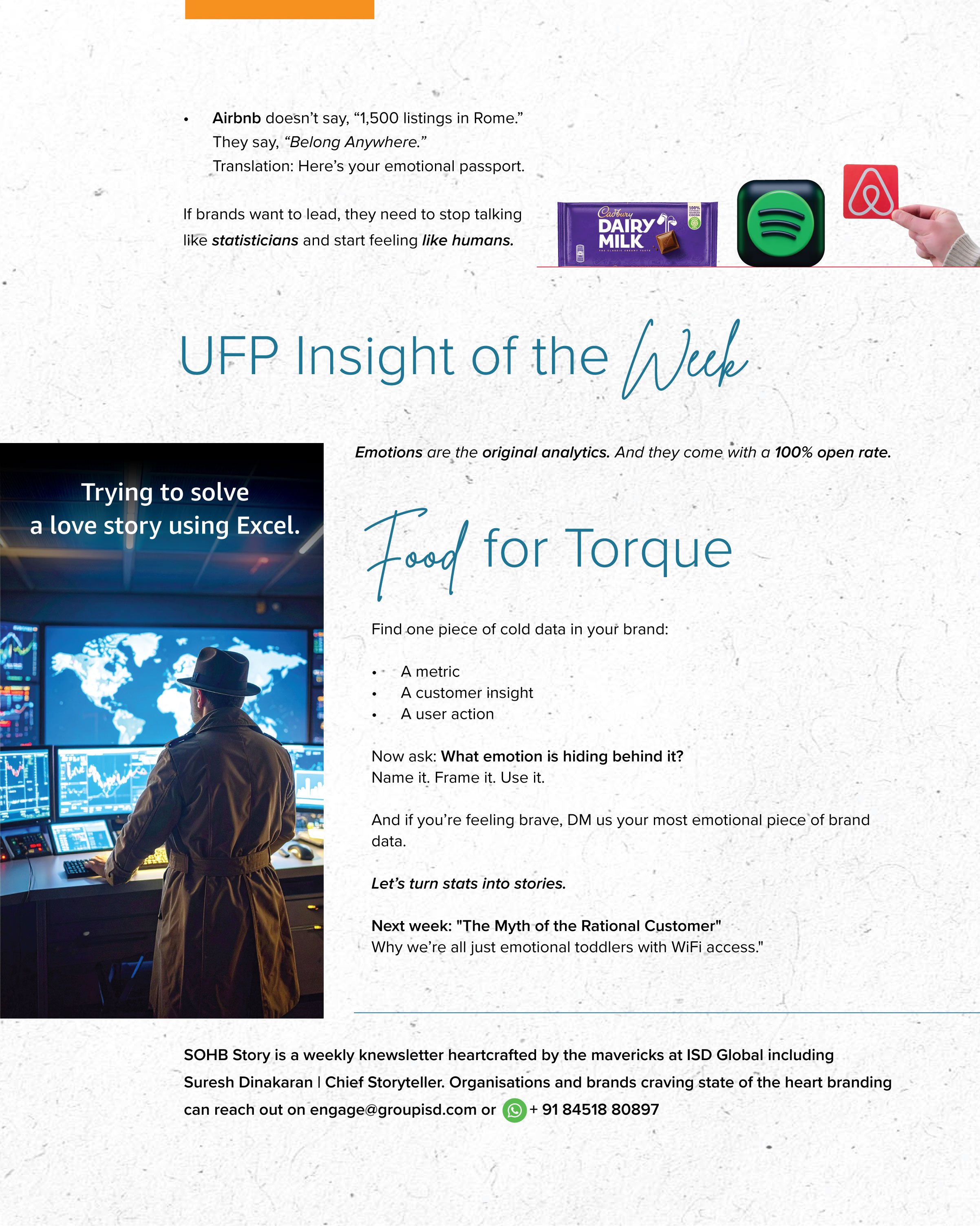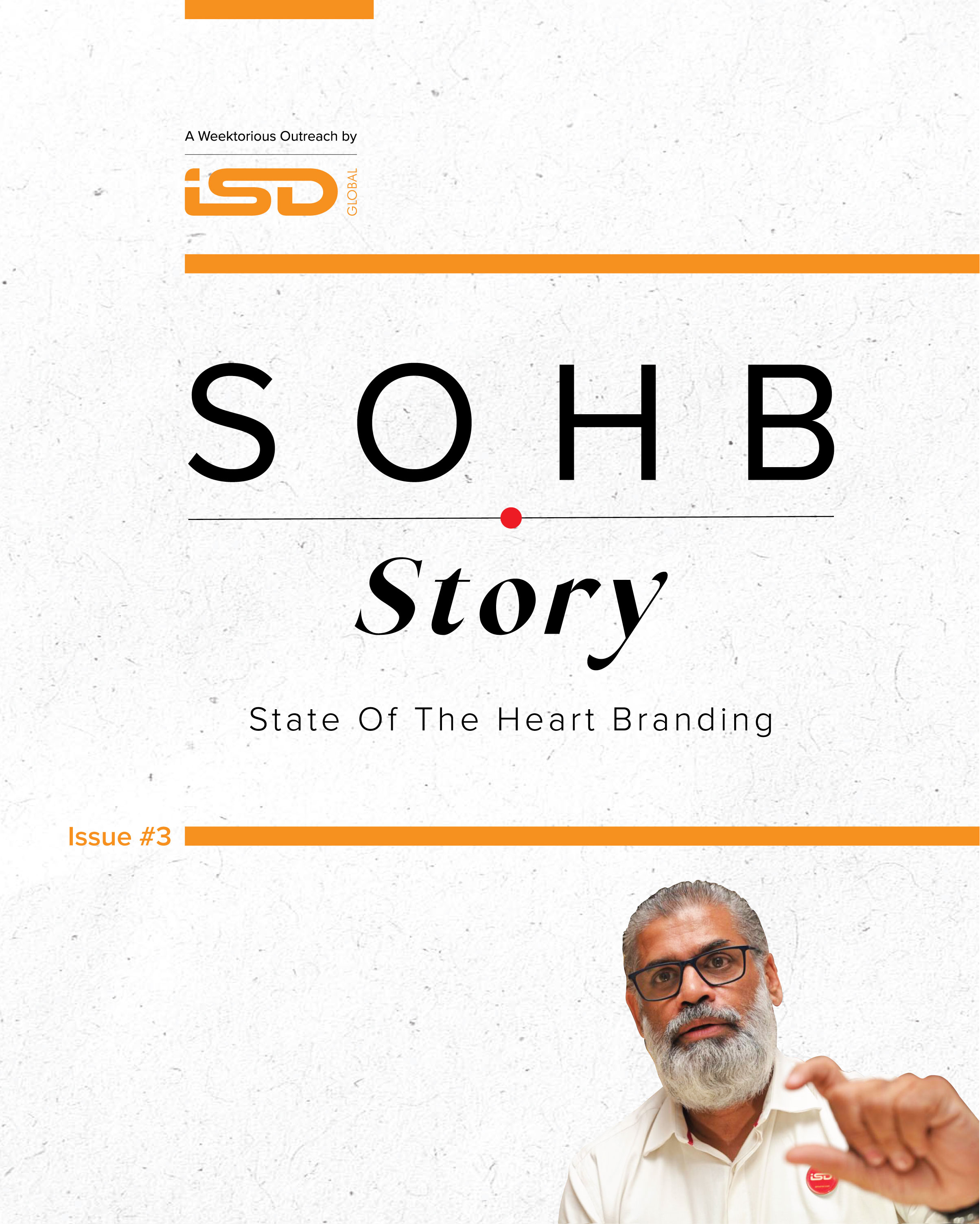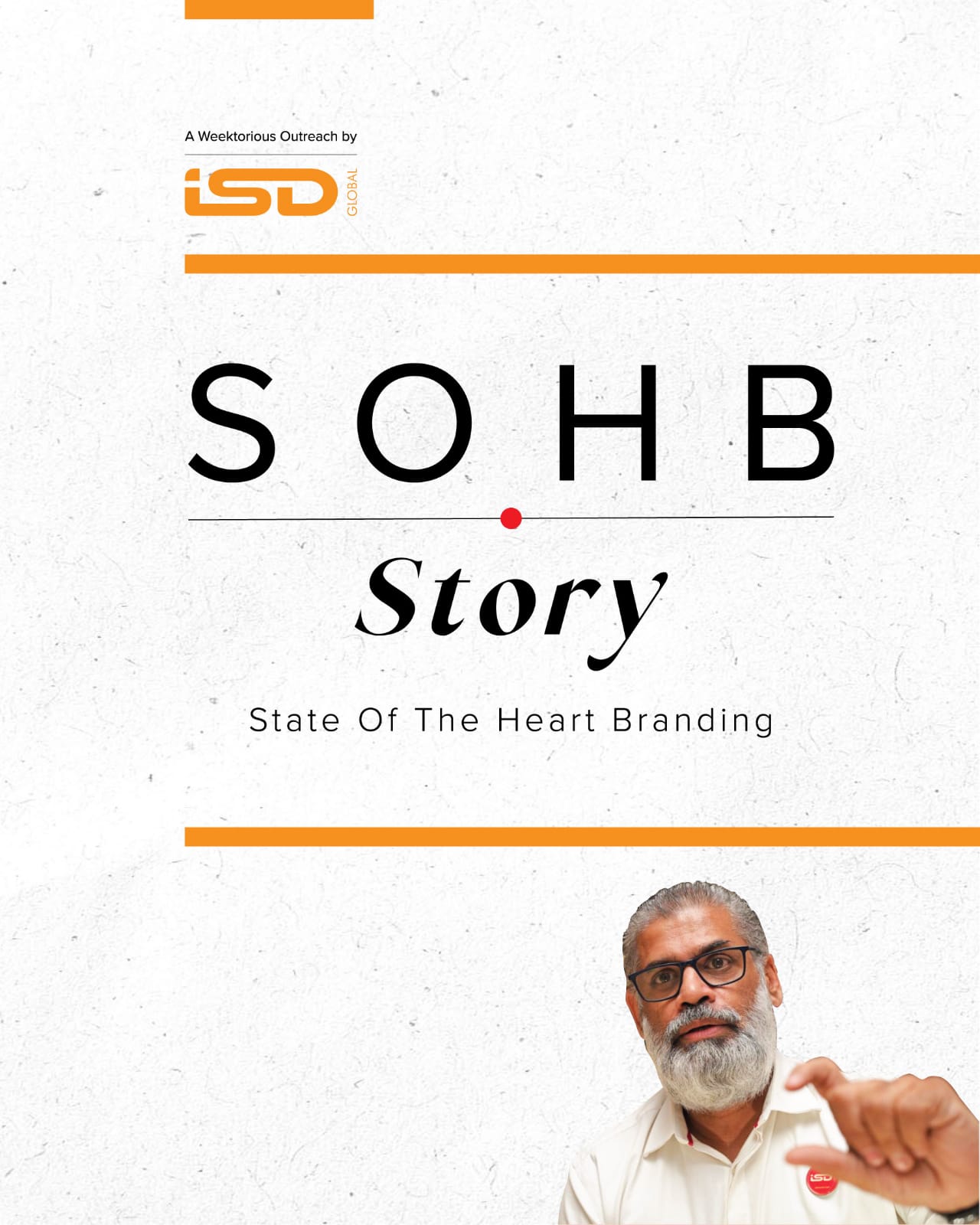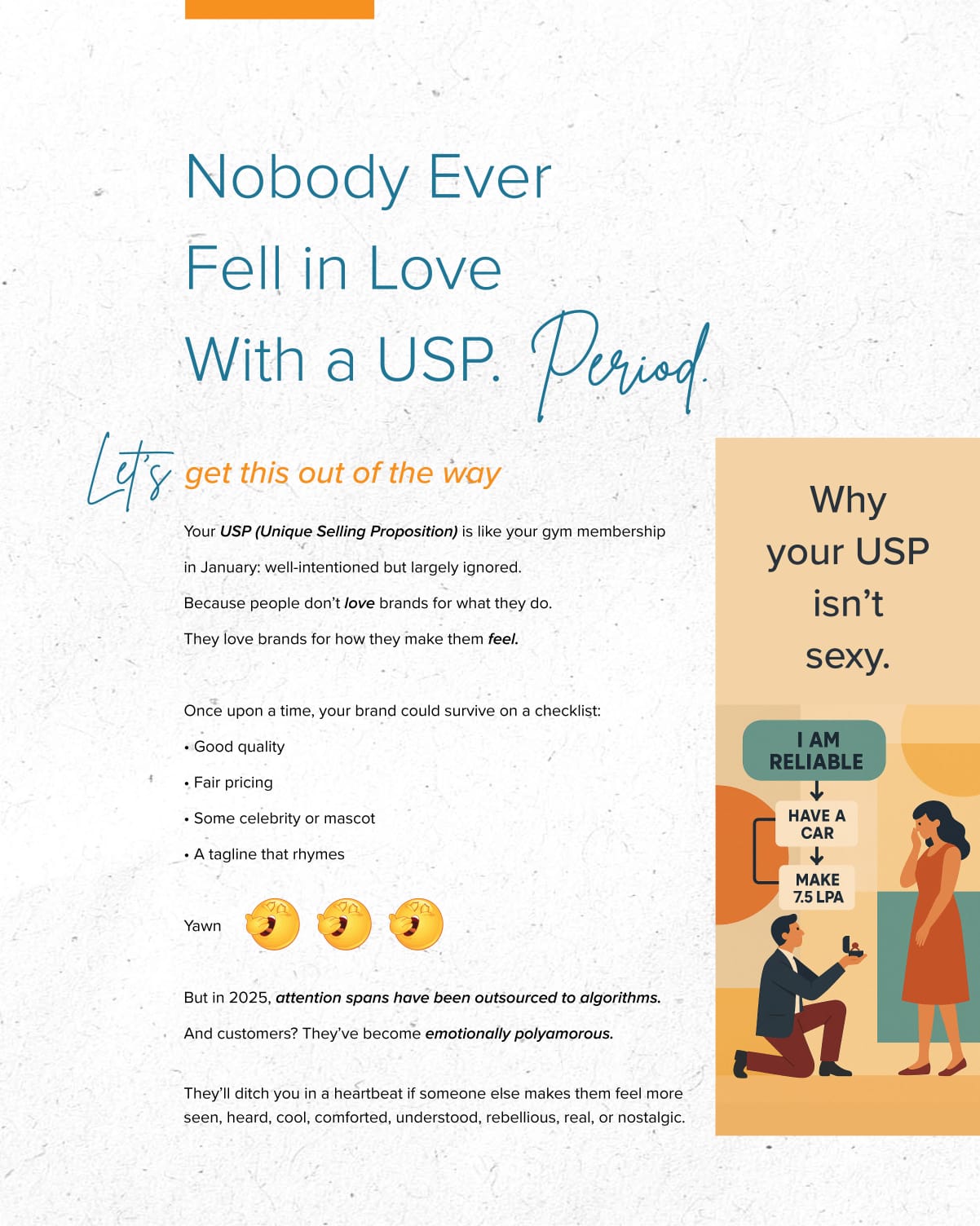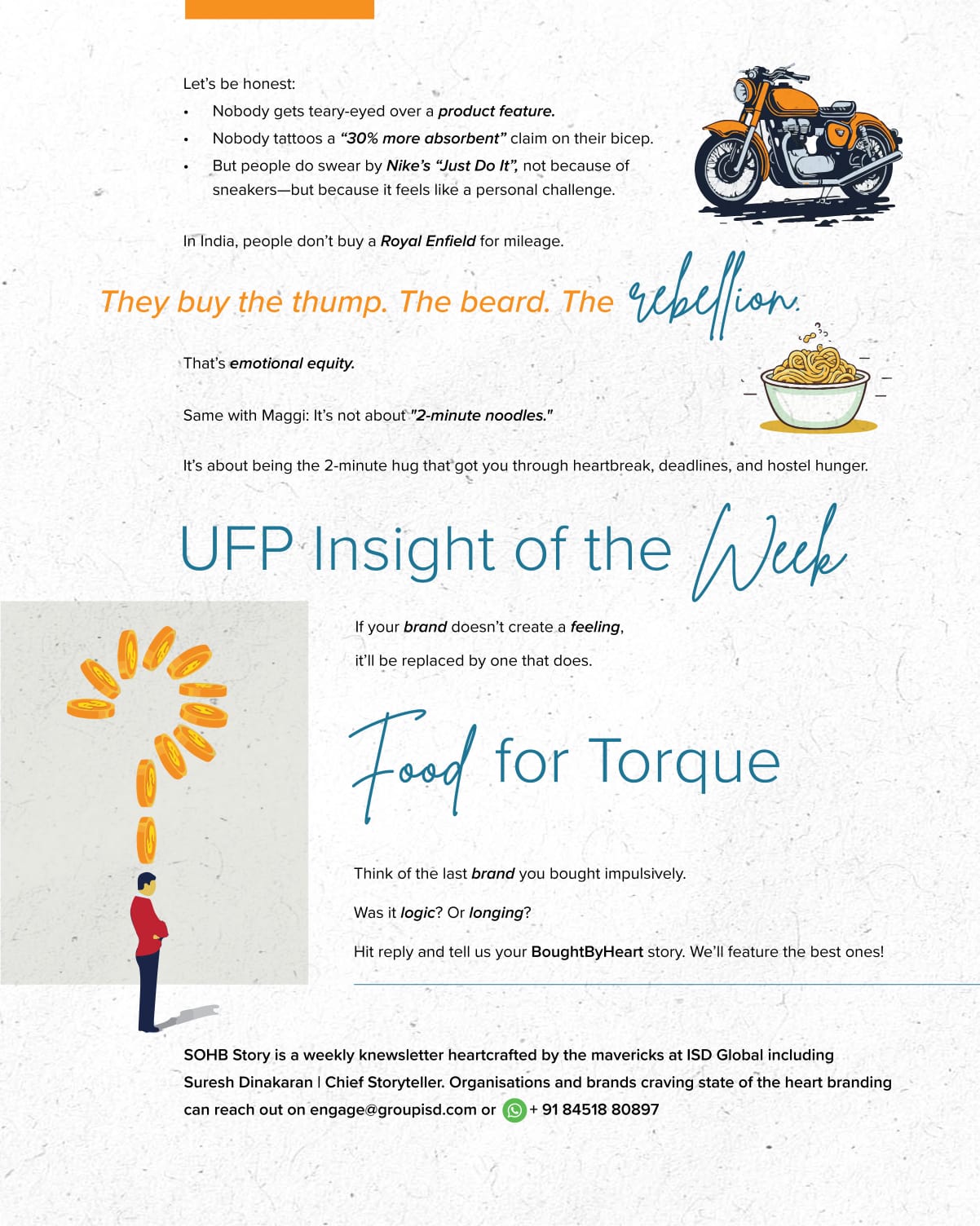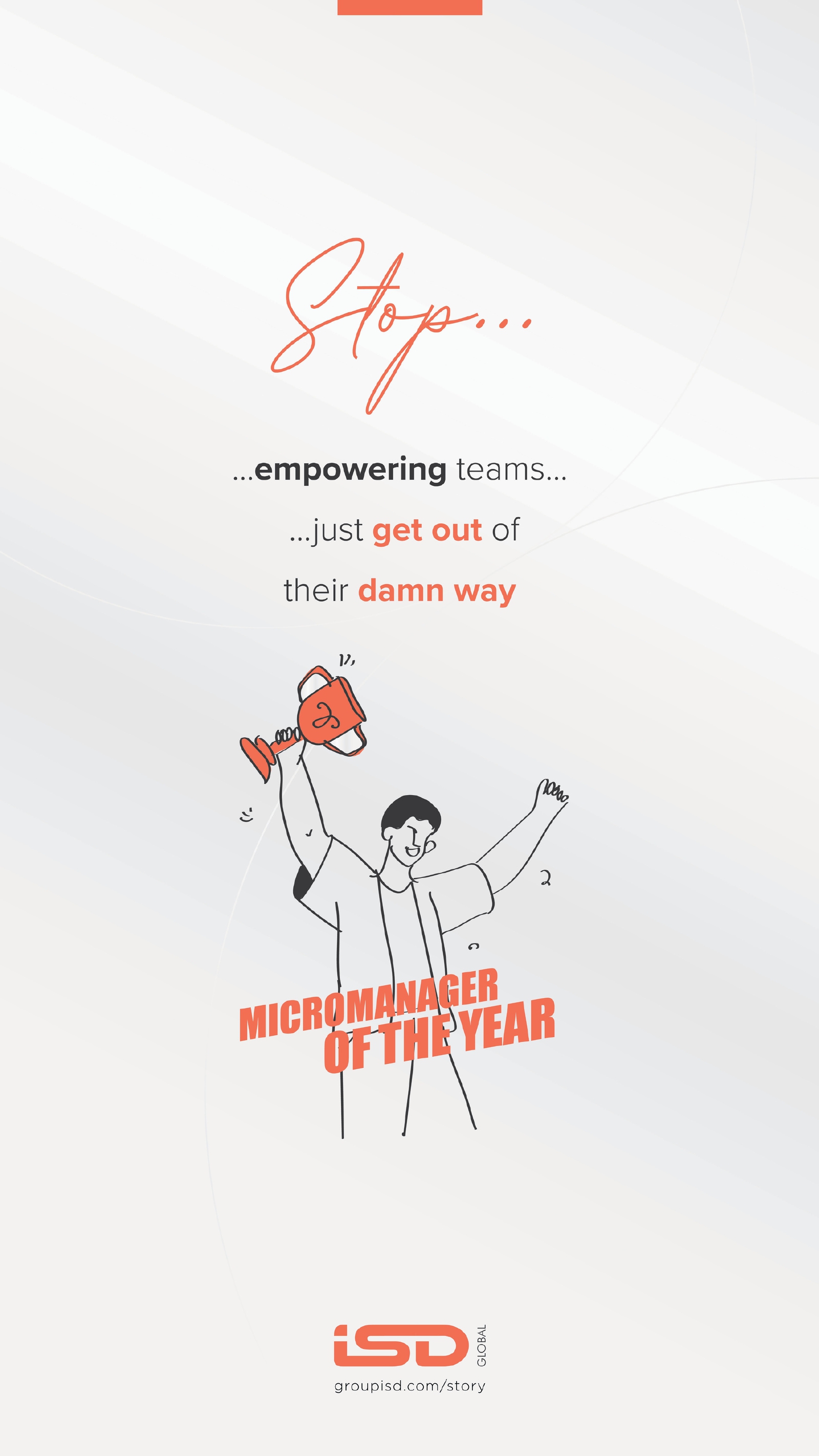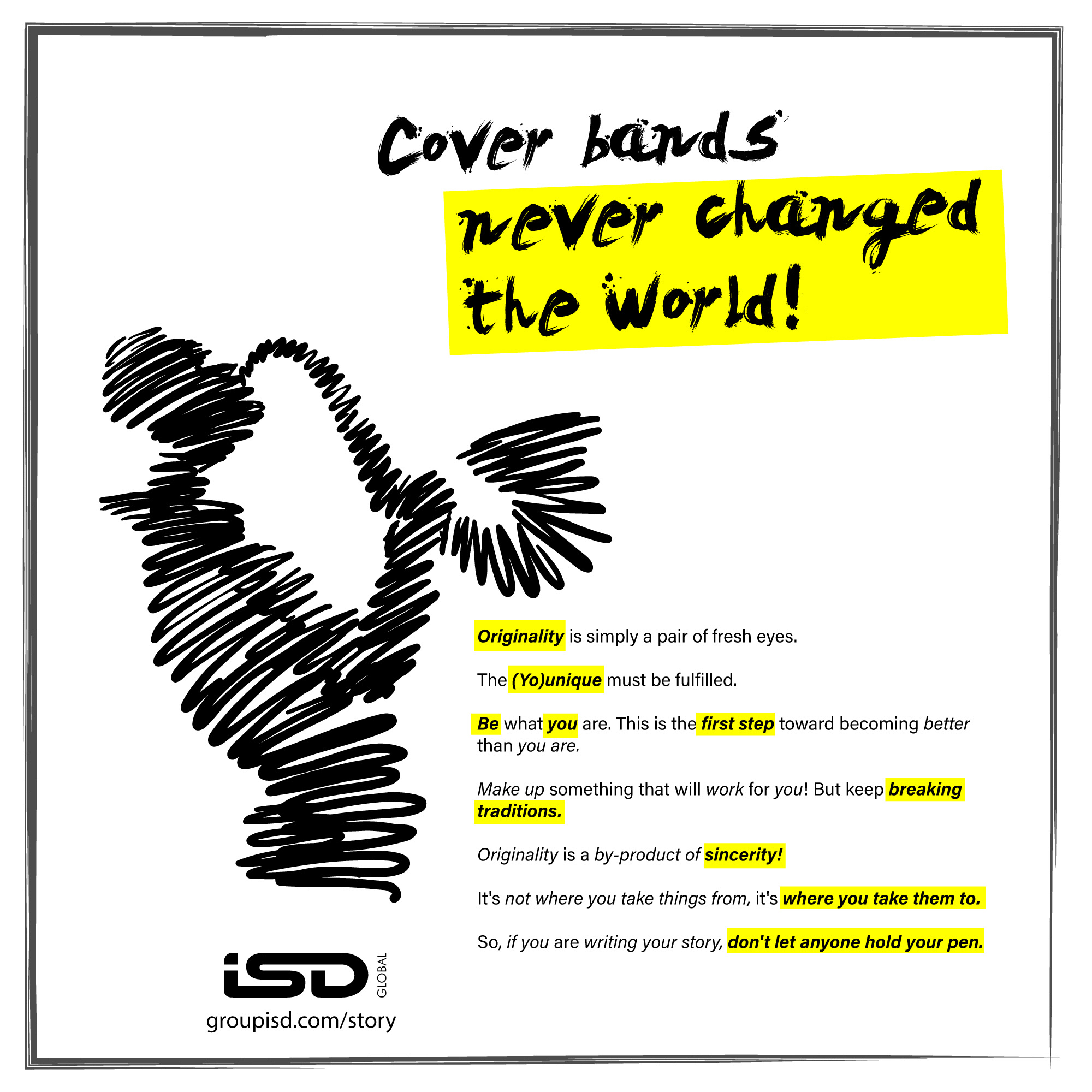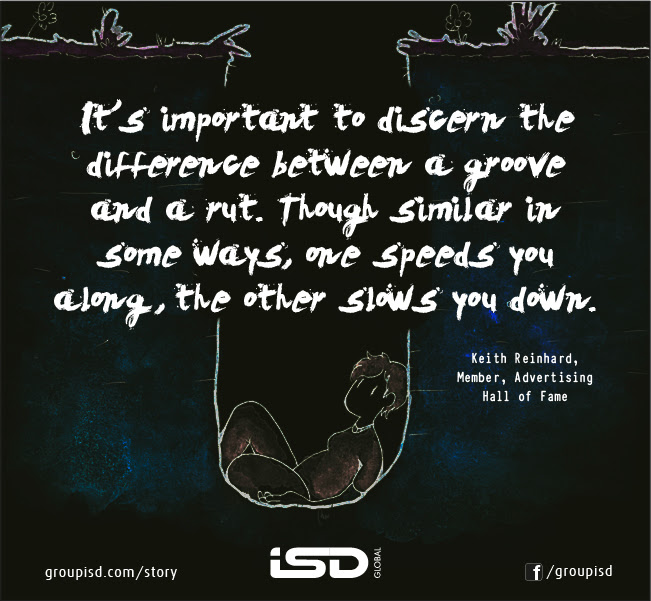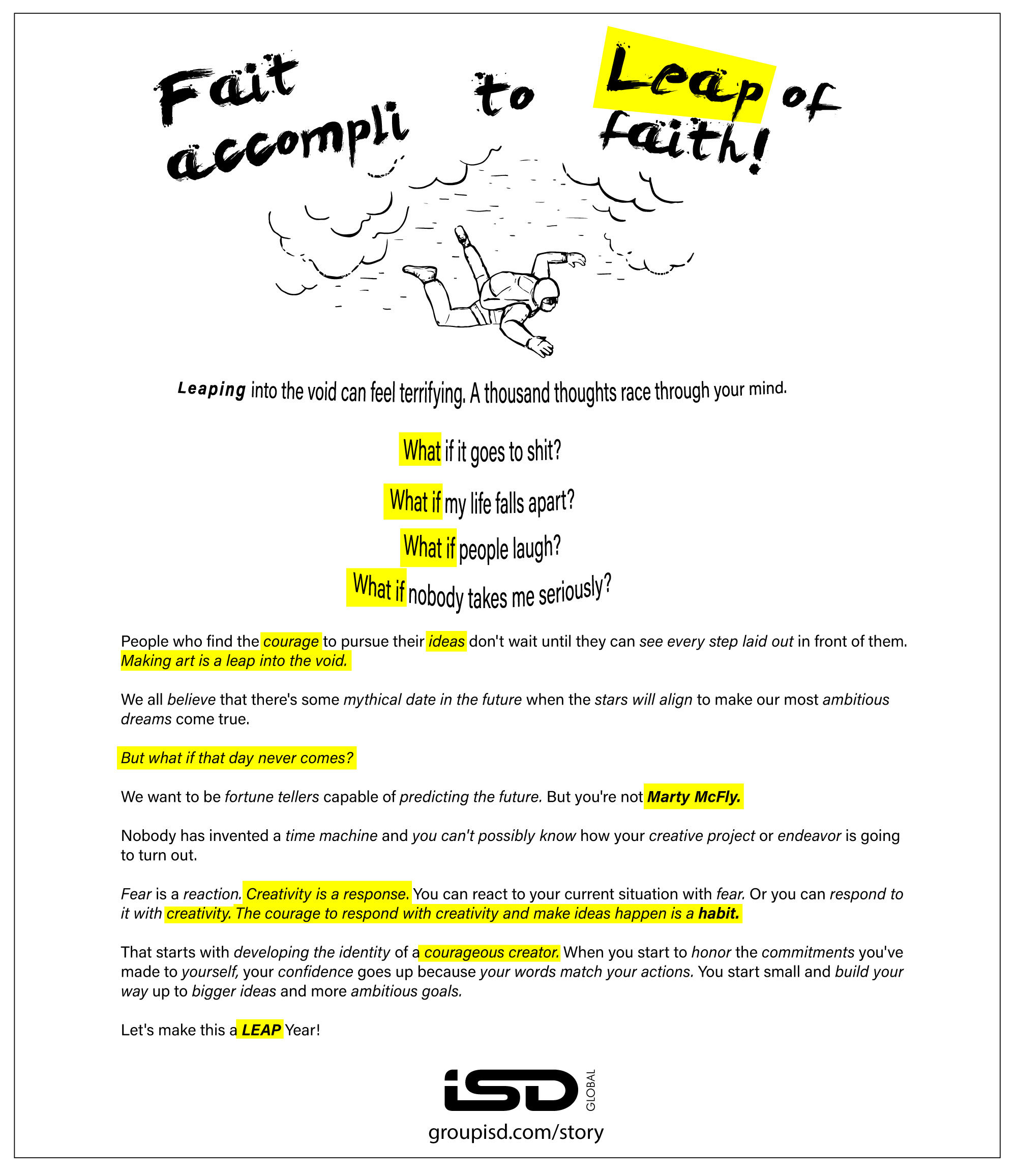It is said that when Boeing was developing the 787 Dreamliner– the project faced massive delays partly because of poor coordination and endless meetings across continents that didn’t lead to clear decisions. The lesson? Meetings without clear objectives and follow-ups are like flying blind — you might end up crashing your project!
At the other end, in Andhra Pradesh, political parties like the TDP and YSR Congress hold intense meetings to strategize elections. But it’s not just about talking; they use these gatherings to build alliances, delegate responsibilities, and make decisions that affect millions. The key takeaway? Meetings can be powerful when they’re about action, not just chatter.
Imagine meetings as a masala dosa — a crispy, golden-brown exterior with a spicy, flavorful filling. If you get the batter wrong or the filling bland, you end up with a soggy mess nobody wants to touch. Similarly, a meeting without preparation or purpose is just a waste of everyone’s time and energy.
There is this famous Amazon’s silent start hack– Jeff Bezos made 6-page memos mandatory before Amazon meetings. The first 30 minutes? Dead silence—everyone reads first, debates later. Result? Informed, high-IQ discussions.
Takeaway:Preparation > Improvisation. Ditch the small talk, start smart.
The average executive spends 23 hours a week in meetings. That’s more time than most people spend sleeping. No wonder everyone looks dead inside. Not funny. Sleep over it!
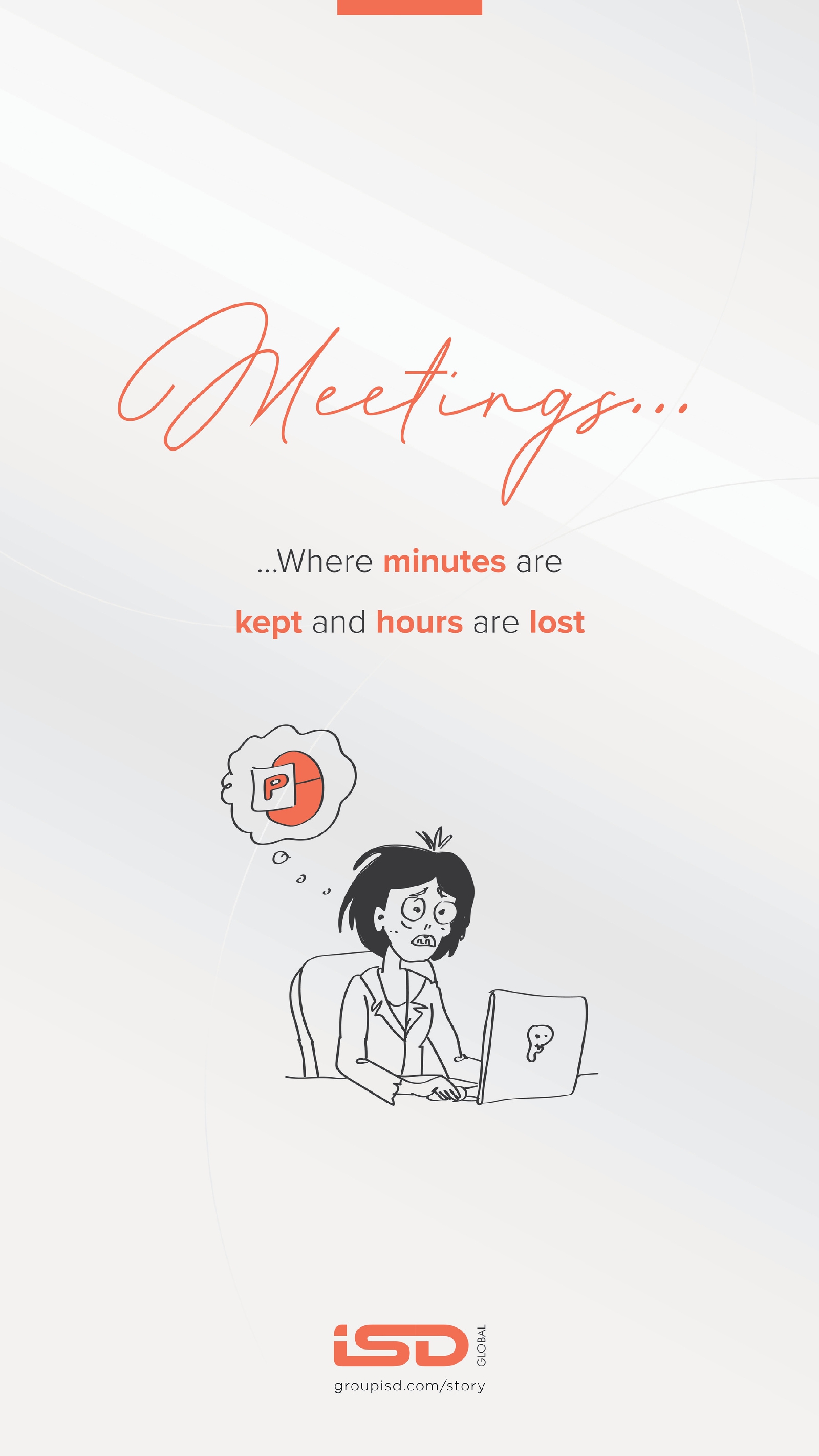
The meeting epidemic is a global pandemic nobody talks about. Meetings are the workplace equivalent of that relative who overstays their welcome, eats all your food, and somehow makes everything about themselves. They multiply faster than rabbits on Red Bull, serve no clear purpose, and leave everyone questioning their life choices.
Microsoft‘s own research shows that the average worker attends 62 meetings per month. SIXTY-TWO! That’s roughly three meetings every working day. At this rate, we’ll soon need meetings to discuss when to schedule meetings to plan other meetings.
Reed Hastings, founder of Netflix had a Keeper Test– he asked managers a simple question: “Which of your people would you fight to keep if they wanted to leave?” Those who didn’t make the cut were shown the door. No endless meetings about “performance improvement plans.” Just decisive action.
Before Walmart acquired them, Flipkart pioneered stand-up meetings. Literally. No chairs. Meetings that would have dragged for hours suddenly wrapped up in 15 minutes. Coincidence? I think not.
If you want to understand the anatomy of meeting madness, it is important to look at the main characters. We have all seen them in some hue or form. There is The Meeting Hoarder who schedules meetings like they’re collecting Pokemon cards. “Gotta catch ’em all!” Their calendar looks like a Tetris game designed by a sadist. Get ready to welcome the The Agenda Ghost who calls meetings without agendas. It’s like inviting people to dinner but not telling them if they’re eating pizza or performing surgery. Since talk is cheap, put your hands together for The Monologue Monster- yes the one who talks for 47 minutes in a 30-minute meeting. Somehow makes “quick update” sound like a Shakespearean soliloquy. Zoom into the Zoom Zombie– you know the type- Camera off, muted, probably shopping online. Occasionally unmutes to say “Sorry, can you repeat that?” Master of the art of looking busy while being completely checked out.
In India, we’ve elevated meeting dysfunction to an art form. We have meetings before meetings (pre-reads), meetings during meetings (sidebar discussions), and meetings after meetings (debrief sessions). It’s meeting inception(unfortunately not directed by Christopher Nolan) – we need to go deeper!
In Indian corporates, the meeting doesn’t start until the most senior person arrives. Let’s call it the hierarchy dance. Even if they’re 45 minutes late. Because apparently, time is a social construct that bends to organizational charts. We love consensus so much that we’ll spend six months agreeing on the color of a PowerPoint template. Democracy is beautiful, but efficiency is sexier. Consensus Paralysis anyone?
Here’s a number that’ll make your accountant weep: The average mid-level executive costs an Indian company ₹50,000 per month. If they spend 20 hours a week in useless meetings, that’s ₹25,000 worth of wasted salary. Per person. Per month. Multiply that across your organization, and you’re basically funding a small country’s GDP on talking about work instead of doing work.
Harvard Business Review found that 67% of senior managers reported having too many meetings interfered with their deep work. Translation: The people running companies can’t actually run companies because they’re too busy talking about running companies. The Indian Innovation Paradox is where we talk about becoming a global innovation hub while spending more time in meeting rooms than R&D labs. It’s like training for a marathon by attending seminars about running.
Well, all is not lost. Some wise people out there have recommended a few fundamental rules.
Rule#1– Ask three questions before scheduling any meeting: Can this be an email? (90% of the time, yes); Who actually needs to be here? (Usually 50% fewer people than you think); What’s the specific outcome we need? (If you can’t answer this, cancel the meeting).
Rule#2– The 18 Minute Meeting– Stanford research shows attention spans peak at 18 minutes. Anything longer, and you’re just testing people’s bladder capacity, not their brainpower.
Rule#3– The No Device Policy– Laptops closed. Phones face down. Crazy concept: actually pay attention to the meeting you called.
Rule#4– The Action Item Accountability– End every meeting with specific action items, owners, and deadlines. Otherwise, you’ve just organized a very expensive group therapy session.
If meetings were an Olympic sport, we’d have more gold medals than China’s ping-pong team!
Amidst all the meeting related doom and gloom, it is heartening some of the organisations who are getting it right. Shopify’s Meeting Purge: Back in 2023, Shopify canceled all recurring meetings with 3+ people and eliminated most meetings altogether. Result? Productivity skyrocketed. Employee happiness through the roof. Stock price loved it. Patagonia’s Walking Meetings: They literally took meetings outside. Walking while talking increased creativity by 60% and reduced meeting time by 40%. Fresh air: apparently good for business. Indian Success Story – Zerodha: Nithin Kamath runs one of India’s largest brokerages with minimal meetings. Their secret? Asynchronous communication and trusting people to do their jobs without constant supervision. Revolutionary.
Meetings aren’t inherently evil. Bad meetings are. The difference? Intentionality, preparation, and the radical idea that people’s time has value.
Companies that master meeting efficiency don’t just save money – they save sanity, boost creativity, and actually get stuff done. In a world where everyone’s competing for talent, being the company that respects people’s time is your secret weapon.
Meetings, are the Bermuda Triangle of productivity. Here’s what we’ve all seen, heard, and survived: The Indian startup founder with an ear-to-ear grin saying, “Let’s do a quick 15-minute sync-up,” but it’s longer than a Bollywood wedding. The American tech bro bragging, “We’re an agile team – we stand up!”…while discussing the same bullet point for 3 hours. The Japanese executive nodding politely through a 30-slide deck, only to ask one question at the end that derails the entire project.
Never under estimate The Power of No: Just because you got a calendar invite doesn’t mean you have to show up. Sometimes, the best contribution is to say no and let others fumble. Stand-Up, Sit-Down, Shut-Up: If you’re doing a stand-up meeting – stand up. It’s amazing how quickly people wrap up when their legs hurt.
Let’s Be Real: I’m not saying meetings are the enemy. But most of them are about as useful as a screen door on a submarine. What we need is a meeting mindset shift: Less ‘death by PowerPoint’, more ‘life by action points.’ Less ‘who talks the most’, more ‘who does the most.’
So, next time someone says, “Let’s set up a quick call,” ask yourself:
Is this meeting going to be a game-changer – or just another episode of ‘Talking Heads?’ If it’s the latter, do us all a favor: just hit ‘Decline’.

